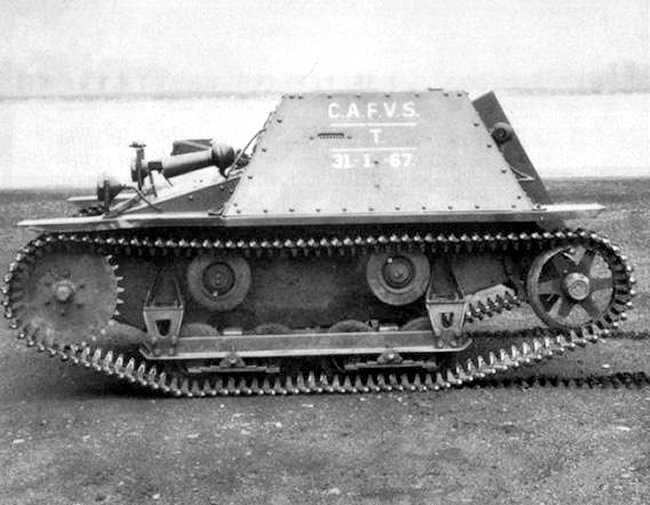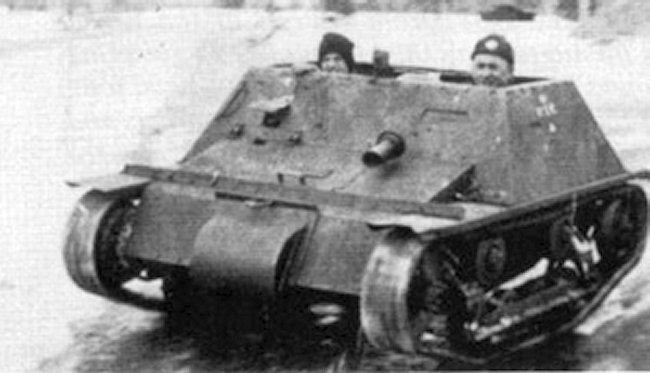
Try Amazon Fresh

Carden-Loyd Carriers
 |
(69)
One of the Canadian Mk VIa Carden-Loyds
of the Canadian Armoured Fighting Vehicles School.
Note the serial number beginning with '31'
indicating this vehicle was bought in 1931.
The English firm of Carden-Loyd Tractors Ltd., following on the success of Martel's light one man tankette, developed a series of light tracked vehicles, beginning in 1925. Originally the design was for a one man machine but as there was very little interest in that concept, they embarked on the design of a two-man machine in 1926. As the vehicle evolved through several different Marks, Carden-Loyd was eventually able to interest the War Office to the point where eight of the machines were ordered with anticipated use as scout machines for the Experimental Force. These vehicles were designated as Carden-Loyd Mk Vs. They were equipped with the ability to use either wheels or tracks and several were later armed with the Vickers .303 machine gun during testing as machine gun carriers. The Carden-Loyd carrier continued to undergo evolutionary changes such as increasing the height of the superstructure to improve crew protection and removing the wheel and track capability. In the latter part of 1928 the Mk VI was introduced as the standard machine gun carrier. It was to become a popular export vehicle due to the simplicity of the design.
In 1930 two experimental Carden-Loyds were fitted with 25hp Armstrong-Siddeley air-cooled engines. Designated the Mk VIa, these machines were similar to the Mk VI in size but were somewhat heavier. The hull was constructed of 9mm mild steel and the plates were sloped inwards and heightened to increase crew protection. An access door was fitted to the glacis plate, and the suspension was altered by the addition of two rubber tired return rollers. These replaced the standard fixed rail guard and were mounted level with the drive sprocket and idler wheel. Heavy duty tracks and idler wheels were also included on the vehicle.
In Canada, during the developmental period of the Carden-Loyds, the Depression was restricting the amount of money that the government of the day could afford to invest on Canada's Permanent Force. Never having enjoyed any popularity with the government except in times of crisis, the Permanent Force was woefully equipped with materiel. Some Permanent Force officers managed to keep informed with the progression of the mechanization of the British Army and they wrote periodic articles on the need for similar changes in philosophy in Canada. In 1930, sufficient resources were found to purchase six Carden-Loyds and in 1931 another six were bought, for a grand total of twelve armoured vehicles in Canada's Permanent Force.
They were handed over to Captain F.F. Worthington, Princess Patricia's Canadian Light Infantry (PPCLI) for tactical trials and he found them to be inadequate for use in some of the roles envisioned by brother officers. Originally, they had been anticipated for use in breaking through wired positions to pave the way for the rifle company. Ultimately they were handed over to the Royal Canadian Regiment (RCR) in London, Ontario where they were used to improve the mobility of the unit's machine guns. With the exception of two prototype armoured cars which would emerge in the Spring of 1935, the Carden-Loyds would be the only armoured vehicles in Canada until the arrival of the first British Mk VIB light tanks in 1938. The Carden-Loyds would continue to be used as training machines in the early World War II years despite their worn condition.

|
Return to CANADIAN ARMOUR PROFILES page
Site Map
© Chris Johnson, 1997